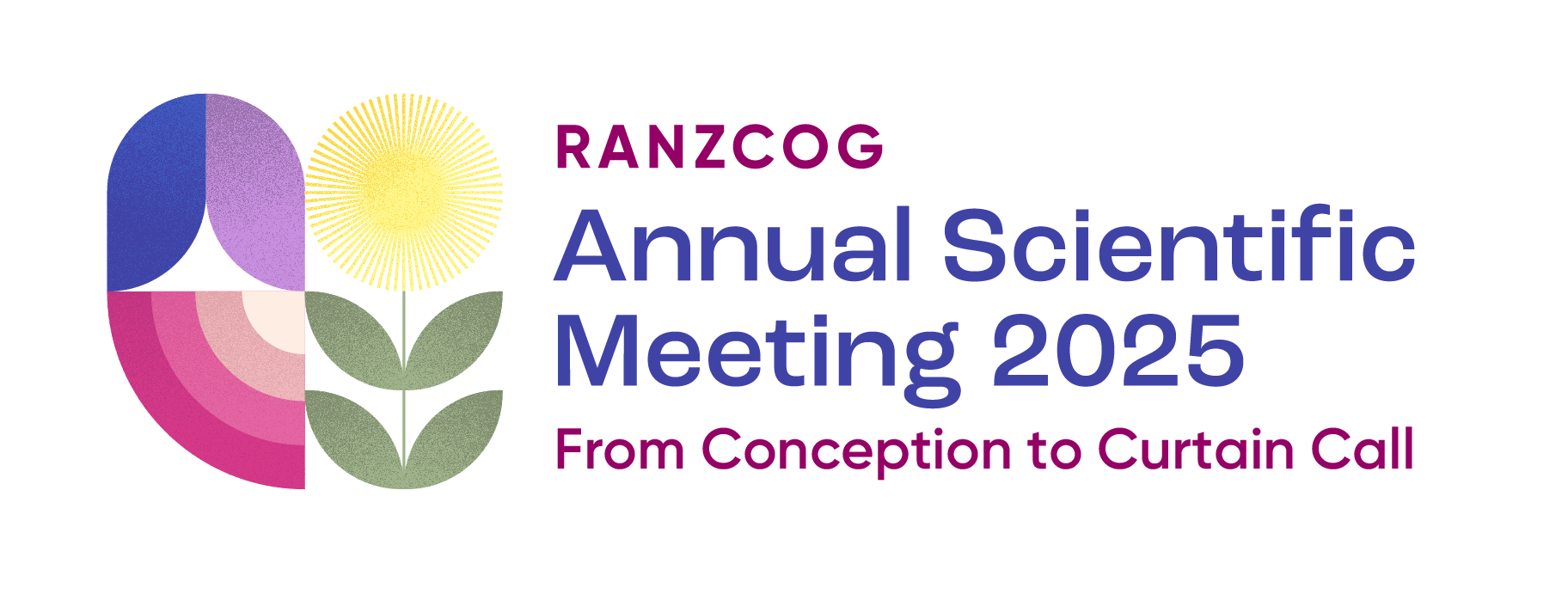About RANZCOG ASM 2024
Branding
For the 2024 ASM, RANZCOG engaged with female-led Māori design agency Run to develop the branding story.
Run not only embraced the design brief but were able to integrate the meeting theme into strong branding elements that show connectedness between tradition and the field of Obstetrics and Gynaecology.
Overview
The design concept for the RANZCOG 2024 ASM have been inspired by the traditions of Te Whare Pora – The House of Weaving in Māori culture. There are numerous ways in which this theme aligns with the fields of Obstetrics and Gynaecology.
These include:
It is the domain of women.
The atua/god of Te Whare Pora, Hine-te-iwaiwa, is also the atua of childbirth.
The turuturu or weaving pegs used in traditional Māori tapestry were also used during childbirth.
The Design:
Therefore, we felt Māori fibre arts provided an authentic and relevant connection to the purpose of the ASM from an indigenous point of view, while expressing the theme for 2024 of ‘Partnerships in Practice’, and ideas of collaboration, connection and synergy.
- Run Design Agency
The design concept and branding story has been based on the poi awe, a ceremonial percussive device, used mostly for decoration.
The most utilised pattern on this type of poi was the papakirango design, which looks like radiating diamonds.
This design resembles a traditional ‘fly swat’ to symbolise the warding off of harmful influences. This aligns with the very important work being done by RANZCOG in the protection of women and their health.
The poi awe used as a reference is housed in Te Papa, New Zealand’s national museum, located across the road from the ASM venue, Tākina.
In these brand elements, the papakirango is shown in different forms expressing a diversity of people and place while maintaining a unity of purpose. In their application, they are repeated and translated to show movement referring to the poi and its more practical use. These elements have also been inspired by traditional raranga/weaving patterns and the overlapping nature of this, traditionally created by women.


